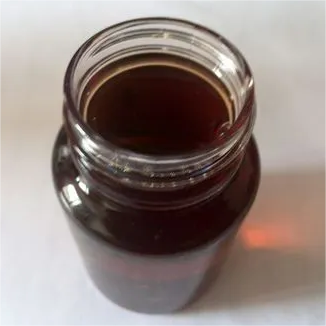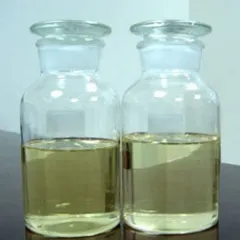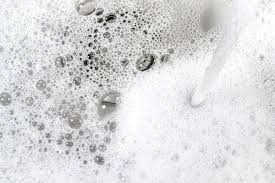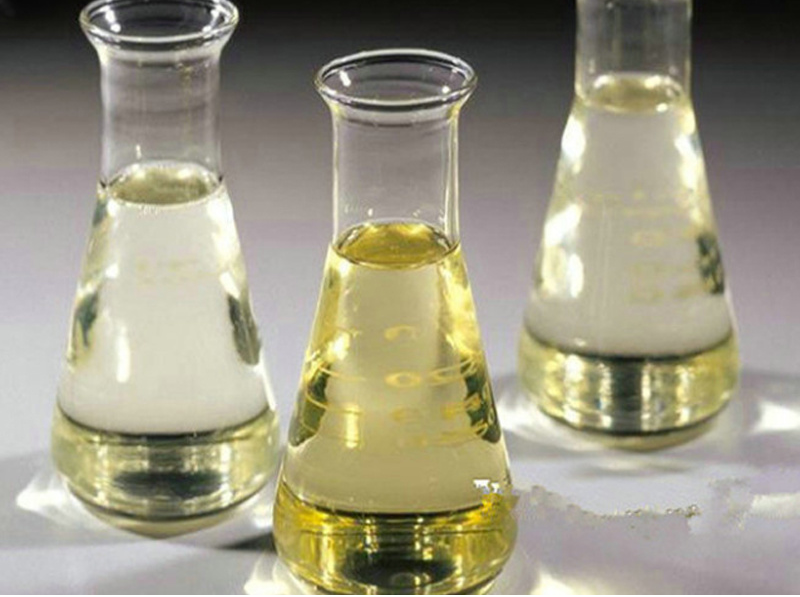**The Smoke Alarm: How Lighting Up Torpedoes Your Lungs’ Secret Protector**
(How Does Smoking Affect The Surfactant Layer)
Breathing seems simple. We do it without thinking. But deep inside your lungs, a hidden hero works tirelessly to keep that easy rhythm going. It’s called the surfactant layer. Think of it as your lungs’ built-in bubble wrap and lubricant. Now imagine someone poking holes in that vital layer. That’s exactly what smoking does. Let’s uncover this critical battle happening inside every smoker’s chest.
**1. What is the Surfactant Layer?**
Your lungs are packed with millions of tiny air sacs called alveoli. These sacs are where oxygen enters your blood and carbon dioxide leaves. The inside walls of these delicate sacs are coated with a thin, slippery film: the surfactant layer. This layer isn’t just grease. It’s a complex mix of fats (mostly phospholipids) and special proteins.
Its main jobs are crucial. First, it massively reduces surface tension inside the alveoli. Surface tension is the force that makes water bead up. Without surfactant, the surface tension in your wet alveoli would be incredibly strong. This strong force would make the tiny air sacs collapse every time you breathed out. Surfactant lowers this tension, keeping the sacs open and stable. Second, it makes the lung tissue slippery. This allows the alveoli to expand and contract easily with each breath. In short, surfactant is the unsung hero making breathing effortless and efficient.
**2. Why is the Surfactant Layer So Important?**
Without a healthy surfactant layer, breathing becomes a struggle. Think about blowing up a brand-new balloon. The first time is hard because the rubber sticks together. Surfactant stops your lung’s air sacs from sticking shut like that unused balloon. It keeps them open and ready for action.
If surfactant is damaged or missing, the surface tension skyrockets. This makes the alveoli incredibly hard to inflate. You have to work much harder just to take a breath. Worse, the weakest alveoli might collapse completely (a condition called atelectasis). This collapse stops them from doing their gas exchange job. Less oxygen gets into your blood. Carbon dioxide builds up. The whole system becomes inefficient and strained. Healthy surfactant is absolutely fundamental for easy, effective breathing and getting enough oxygen to power your body.
**3. How Does Smoking Wreck the Surfactant Layer?**
Cigarette smoke is a toxic cocktail. It contains thousands of chemicals, many of them harmful. These chemicals directly attack the delicate surfactant layer in several ways.
First, the sheer heat and physical irritation from smoke inflames the lung tissue. This inflammation damages the special cells (Type II pneumocytes) responsible for producing surfactant. Fewer healthy cells mean less surfactant is made. Second, the toxic chemicals in smoke, like free radicals and tar, physically disrupt the surfactant film itself. They interfere with how its fats and proteins organize. This breaks the film’s ability to lower surface tension effectively. It’s like pouring mud into high-quality engine oil; it just doesn’t work right anymore.
Third, smoking attracts immune cells to the lungs. These cells try to fight the smoke invaders. But in the process, they release damaging substances like enzymes and more free radicals. These substances further degrade the existing surfactant molecules. The result? The surfactant layer becomes thinner, patchy, and less functional. Its protective bubble wrap gets full of holes.
**4. Applications: Why Understanding This Matters**
Knowing how smoking attacks surfactant isn’t just biology trivia. It explains real, everyday problems smokers face. One major consequence is making smokers much more vulnerable to serious lung infections like pneumonia. Healthy surfactant actually helps the lungs fight germs. It aids immune cells and prevents bacteria from taking hold. Damaged surfactant means this defense is weakened.
It also directly contributes to the constant shortness of breath many smokers experience, especially during activity. With damaged surfactant, the lungs are stiffer and harder to inflate. More energy is needed just to breathe. This is a key factor in the development of chronic obstructive pulmonary disease (COPD), which includes emphysema and chronic bronchitis. The struggle starts at the alveolar level with surfactant failure. Even premature babies face life-threatening breathing problems if their surfactant system isn’t fully developed. Doctors use artificial surfactant to save them. For smokers, the damage is self-inflicted over time.
**5. FAQs About Smoking and the Surfactant Layer**
* **Does smoking completely destroy the surfactant layer?** Not usually instantly. The damage builds up over years of smoking. Production slows down, and the existing layer becomes dysfunctional. Severe damage contributes significantly to diseases like emphysema.
* **Can the surfactant layer recover if I quit smoking?** Yes, to a degree. Quitting smoking is the single best thing you can do. Stopping the constant assault allows lung tissue to begin healing. Surfactant-producing cells can recover some function. Inflammation decreases. While some damage might be permanent, lung function often improves noticeably after quitting. The earlier you quit, the better the chance for recovery.
* **Do e-cigarettes or vaping harm the surfactant layer?** The research is ongoing, but evidence suggests yes. E-cigarette vapor contains harmful chemicals, solvents, and ultrafine particles. These can cause inflammation and oxidative stress, similar to cigarette smoke. They likely damage surfactant production and function. Vaping is not a safe alternative for your lungs.
* **Is shortness of breath in smokers directly linked to surfactant?** Damaged surfactant is a major underlying factor. It makes the lungs stiffer and harder to expand. This forces you to use extra muscles to breathe, leading to that feeling of breathlessness, especially when you exert yourself. It’s a core part of why smokers get winded easily.
(How Does Smoking Affect The Surfactant Layer)
* **Are there treatments to fix surfactant damaged by smoking?** There is no direct “surfactant replacement therapy” for smoking damage like there is for premature babies. The focus is on stopping the cause: quitting smoking. Treatments like bronchodilators and steroids used for COPD help manage symptoms by opening airways and reducing inflammation, indirectly helping the lungs function better despite surfactant impairment. Preventing further damage is key.
Inquiry us
if you want to want to know more, please feel free to contact us. (nanotrun@yahoo.com)




